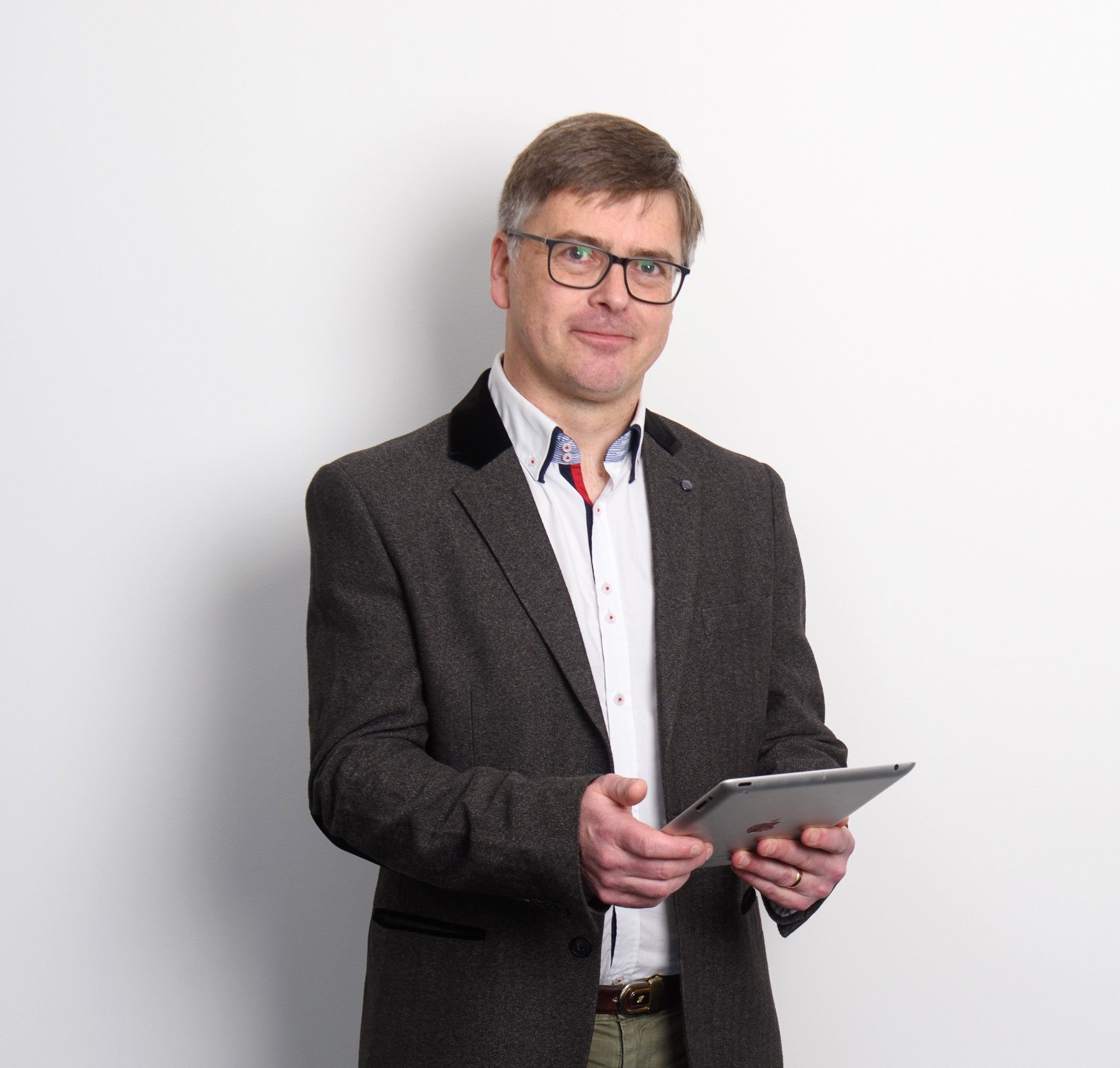Insights
Protecting society’s most treasured possessions.
Conservation, comfort and curiosity.
A three-part insight series: part 1
Many of us enjoy strolling around a museum or rummaging through the books at a library. It’s our opportunity to marvel at the precious, ancient and unusual objects that, together, tell the story of life on this planet.
Getting beneath the skin of our ancestors and understanding more about how we came to exist is a pursuit most, if not all, of us have thought about at some point or another.
Curating and bringing together these interesting finds for all to enjoy requires the passion and knowledge of some of our world’s greatest minds.
Housing these artefacts in a way that protects them, but also makes them accessible is a difficult line to tread. This is where our role as designers plays its part.
In defence of sense
Recent tightening of the standards for how artefacts are archived and managed are proving challenging for custodian and conservation specialists. An easy solution is put all exhibits in hermetically sealed and conditioned glass cabinets… Yet, while this can be necessary in some extreme cases, the reality is that it invariably creates sterile spaces and isolates the senses of sound and smell that bring history to life.
If we want people to feel, experience and engage with history, then we have to find ways to create environments that spark the senses while also protecting precious artefacts.
By considering the environmental engineering systems in a space, we can deliver the necessary conditions without compromising the accessibility of collections…
Wide variations in external weather conditions, added to the nature of galleries as spaces people move through, means that providing stable, unvarying internal temperature and humidity can be an energy-intensive process. But do we really need absolute stability? Does a museum or gallery really need to be 20°C and 50 percent relative humidity 24/7 for 365 days a year? Not necessarily…


Endeavour Gallery
As designers of sustainable museums, we have a duty to dig deeper into the brief and work with conservators to understand the environmental parameters for exhibited materials. This means looking at the range and rate of change of environmental conditions that they can be exposed to without detrimental levels of degradation occurring, and balancing these with the comfort requirements of visitors and employees. By doing this, we can develop a bespoke brief and design engineering strategies that achieve this balance in a cost effective and sustainable way.
Using (or obscuring) natural light, and controlling the way that natural ventilation and outside air are used inside the display and storage areas can also help reduce the energy consumed and enhance the visitor experience.
When engaging environments are created in this way – meeting both the needs of conservation and comfort –museums can play their part in keeping the spark of curiosity burning in us all.
